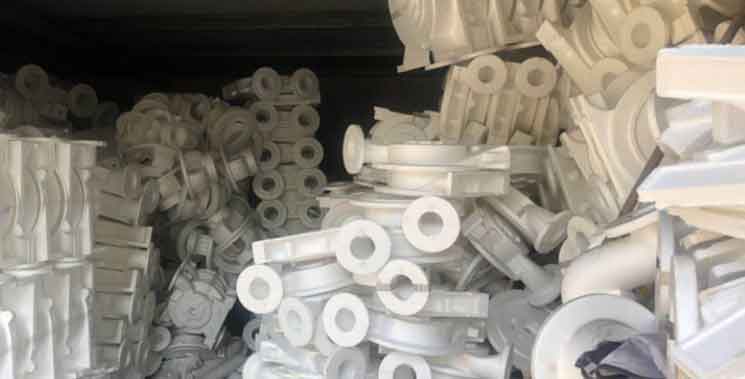
Investment casting, also known as precision casting or lost wax casting, is poised to play a significant role in the future of high-quality metal manufacturing. This versatile process offers numerous advantages that position it as a key technology for meeting the evolving demands of various industries. Here are some reasons why investment casting is considered the future of high-quality metal manufacturing:
- Design Freedom and Complexity: Investment casting enables the production of complex and intricate designs with high precision. This allows engineers and designers to push the boundaries of what is possible, creating components with intricate features, thin walls, internal passages, and unique geometries. As industries continue to demand more complex and high-performance parts, investment casting provides the design freedom necessary to meet those requirements.
- Material Advancements: Investment casting is compatible with a wide range of materials, including various metals, alloys, and specialized materials. As advancements in material science continue, investment casting will benefit from the availability of new materials and alloys with improved properties, such as higher strength, enhanced corrosion resistance, superior heat resistance, and reduced weight. This opens up opportunities for creating components with enhanced performance and durability.
- Rapid Prototyping and Iterative Design: Investment casting enables rapid prototyping and iterative design processes. With the ability to produce near-net-shape components, investment casting facilitates faster prototyping iterations and design validation. This accelerates the product development cycle and reduces time-to-market, allowing manufacturers to iterate and optimize designs more efficiently.
- Efficiency and Cost-Effectiveness: Investment casting offers efficiency and cost-effectiveness in component manufacturing. The process minimizes material waste, reduces the need for extensive machining or fabrication, and enables the production of components with complex geometries as a single piece. This streamlines the manufacturing process, reduces lead times, and lowers production costs. As manufacturers strive for greater efficiency and cost savings, investment casting provides a competitive advantage.
- Quality and Consistency: Investment casting ensures high-quality and consistent components. The process allows for the replication of intricate patterns and designs with high precision, resulting in components with tight tolerances, excellent surface finish, and consistent mechanical properties. This level of quality and consistency is essential for industries that demand reliable and high-performance parts.
- Sustainability and Environmental Considerations: Investment casting aligns with the growing emphasis on sustainability and environmental responsibility in manufacturing. The process reduces material waste, minimizes energy consumption, and promotes the use of recyclable materials. As sustainability becomes increasingly important, investment casting’s environmentally friendly characteristics position it as a future-forward solution for responsible manufacturing.
- Advanced Technologies and Automation: Investment casting continues to benefit from advancements in technology and automation. The integration of computer-aided design (CAD), simulation software, 3D printing for pattern production, robotics, and data analytics enhances the efficiency, accuracy, and repeatability of the investment casting process. These technological advancements will further improve the capabilities and competitiveness of investment casting in the future.
Investment casting’s ability to produce high-quality, complex components, its compatibility with various materials, and its efficiency and cost-effectiveness make it a key player in the future of high-quality metal manufacturing. As industries continue to evolve and demand increasingly sophisticated components, investment casting will continue to drive innovation, enable design freedom, and deliver high-performance solutions across various sectors.
